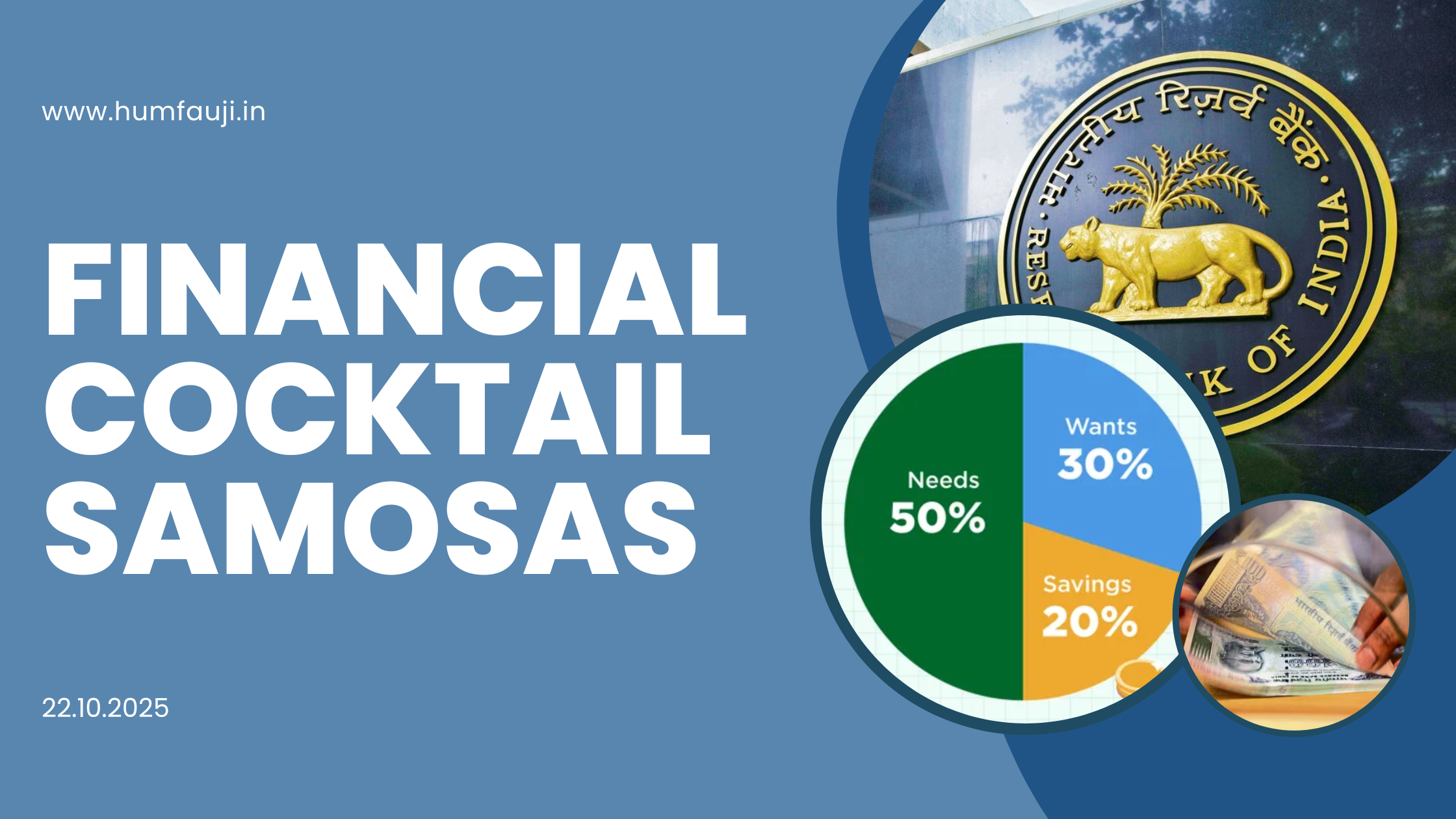Insurance Just Got Cheaper – Here’s How the GST Cut Helps You
Good news for everyone paying insurance premiums – your wallet just got a little lighter!
From 22nd September, the government has removed GST (earlier 18%) on life and health insurance premiums.
👉 What is GST? It’s a tax called Goods and Services Tax, which gets added to the price of most products and services you buy. Till now, it made your insurance premiums more expensive.

Health Insurance:
Medical costs are rising every year, and premiums were already heavy on households. With GST gone, the premium you pay reduces directly for individual or even family floater health insurance policies. Even outpatient (OPD) insurance, which many avoided earlier because of its high price, may now become popular. Families can finally consider broader coverage without worrying about extra taxes.
Life Insurance:
If you’re buying a pure term plan, the benefit is clear – premiums get cheaper, so you can secure higher cover at the same budget.
For savings-linked life insurance plans, there’s a small catch: insurers may see lower surplus (since they can’t claim input tax credits anymore). This might slightly reduce the bonuses/returns on such policies. Still, the protection value remains intact.
The Big Picture:
This move makes insurance more affordable and accessible, encouraging more families to protect themselves financially.
(Contributed by Yogesh Gola, Relationship Manager, Advisory Desk, Hum Fauji Initiatives)
Gold & Silver at All-Time Highs: How to Invest Smartly
India loves gold and silver, and it’s easy to see why – they’ve been trusted wealth protectors for generations. Right now, both are sparkling at historic highs: gold at ₹1,14.930/10g and silver at ₹1,42,180/kg (28 Sept 2025).
Why the rise? Global uncertainty keeps investors seeking safety in gold, while festive season demand and industrial use push silver prices up—silver jumped ~18% this month alone!

What this means for you:
- Gold offers stability, protects against inflation, and is easy to sell, making it ideal for long-term wealth. Short-term gains may be limited at these high prices.
- Silver is more volatile but affordable, with potential for short-term growth and long-term industrial demand support.
Smart Ways to Invest:
- Gold ETFs & Sovereign Gold Bonds (SGBs): Easy to trade, liquid, and SGBs even pay interest.
- Silver ETFs: Simple exposure to silver without storage worries.
- Mutual Funds: Gold and silver-focused funds offer professional management and diversification. The facility of a SIP in them rides out volatility and helps create wealth in small steps.
Smart strategies:
Invest small amounts regularly to smooth out market swings.
Diversify: Balance metals with equities and debt funds for growth plus stability.
💡 Even at high prices, disciplined investing can protect and grow your wealth.
(Contributed by Neeraj Singh, Relationship Manager, HNI Desk 1, Hum Fauji Initiatives)
SWP vs Dividend: Which Gives You Better Regular Income?
Looking for regular income from mutual funds? Two options pop up: SWP (Systematic Withdrawal Plan) and IDCW (Income Distribution cum Capital Withdrawal). Budget 2025 sheds fresh light on this choice.
First, the basics:
- IDCW: Fund houses decide the amount and timing. Entire payout is taxed as per your slab rate.
- SWP: You choose the withdrawal amount and date. Only the gains portion is taxed, not the principal, reducing the tax on withdrawal hugely.

What the Budget 2025 says:
- 87A rebate: No tax if income ≤ ₹12–12.75 lakh.
- Equity/Hybrid SWP: 20% (short-term) / 12.5% (long-term) — often cheaper than 30% slab of other avenues like FDs.
- Debt SWP: Gains taxed as per slab.
- IDCW (Dividends): Taxed like salary, with 10% TDS if yearly dividend > ₹10,000.
Your Takeaways:
- Avoid SWP from equities — kills compounding.
✅ Best: debt funds for steady, predictable income. - IDCW is unreliable and fully taxable; suits only low-income investors under the new rebate.
For most investors, especially in higher tax slabs, SWP from debt funds is the smarter choice — predictable, efficient, and better for long-term wealth. IDCW, on the other hand, remains uncertain since one gets the money only when the fund house declares it.
(Contributed by Bhawana Bhandari, Financial Planner, HNI Desk, Hum Fauji Initiatives)
What did our clients ask us in the last 7 days?
Question –
Can one take multiple term life insurance plans from different companies? If yes, will the sum assured be paid by all the insurers in case of a claim?
Answer –
Yes, you can take multiple term life insurance policies from different insurers. This approach can be effective if you have varied financial responsibilities—like loans, children’s education, or family security at different life stages.
Each policy is independent. This means that in case of a valid death claim, every insurer is liable to pay the sum assured mentioned in their policy—provided premiums are up-to-date and policy terms are met.

Key points to remember:
✅ Full Disclosure is Critical – Always declare your existing insurance covers, even from other companies, to avoid complications during claims.
✅ Affordability Matters – Multiple policies mean multiple premiums; ensure the total fits comfortably within your budget.
✅ Purpose-Driven Coverage – Take policies that align with specific financial obligations. More isn’t always better.
✅ Ease of Claim Settlement – Fewer, well-structured policies are often simpler for your family to manage than many scattered covers.
In short, Yes, multiple term plans are allowed, and the sum assured from each valid policy will be paid. The key is honest disclosure, affordable premiums, and coverage that aligns with your long-term financial plan.
Managing life insurance isn’t just about buying policies—it’s about building a protection net that truly works for your family.
(Contributed by Team Prithvi, Hum Fauji Initiatives)



